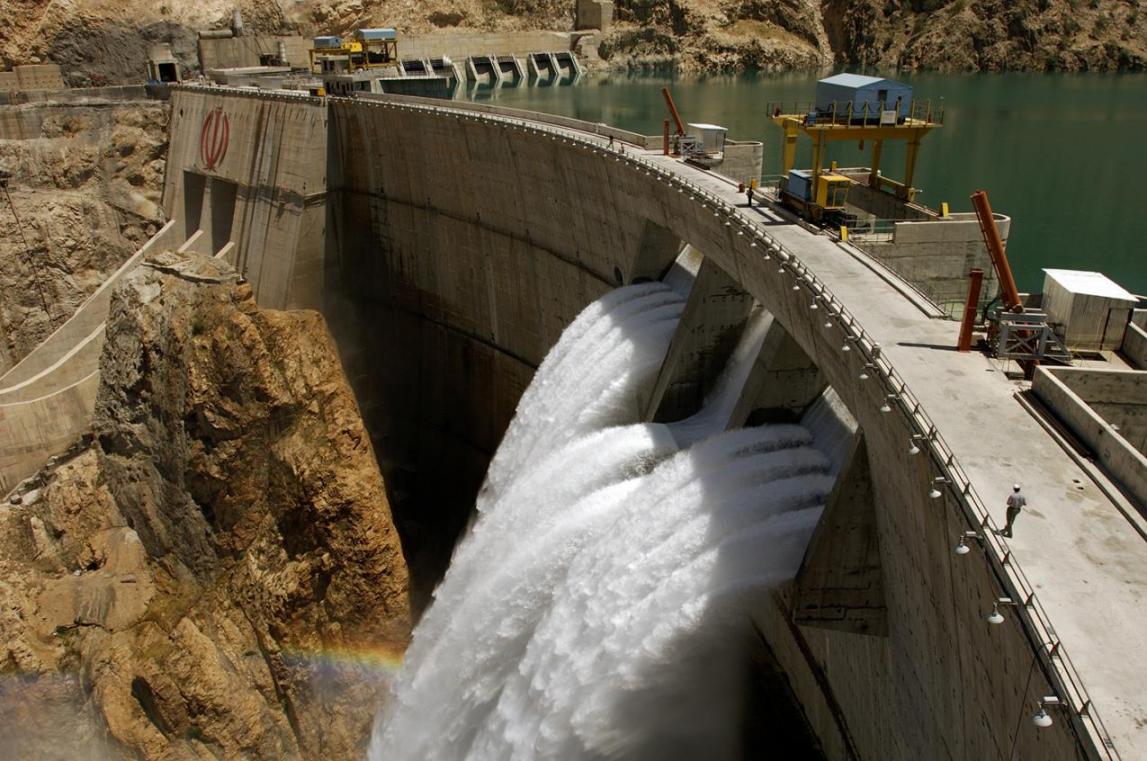Iran needs an efficient and judicious pattern in energy consumption as the country has committed to meeting international climate obligations under a legally-binding agreement signed last year, a deputy manager at Iran Power Generation, Distribution and Transmission Company (Tavanir) said on Tuesday.
“The high rates of energy consumption not only jeopardize the development process but also put energy security and the environment in serious danger,” Mahmoud Reza Haqifam was quoted as saying by IRNA.
Representatives of 195 countries including Iran signed a historic agreement in Paris last December to curb global emissions of greenhouse gases and limit the planet’s warming to under 2°C, preferably 1.5°C, by 2100.
The deal, known as the Paris Agreement, is the first-ever universal, legally-binding global climate deal.
Iran’s pledge is to decrease emissions by 4% in 15 years, but some officials say with sufficient international aid, Iran can reduce its emissions by 12%.
Iran accounts for 1.30% of global emissions, which is high compared to other countries because despite Tehran’s increasing emissions over the past few years, the economy has not developed as would have been expected. According to Iran’s Meteorological Organization, the country’s greenhouse gas emissions have increased by 3% in the past decade.
Haqifam said that the rate of energy consumption in Iran is 14 times that of Japan, "but this does not mean that the Iranian people enjoy more welfare than the Japanese."
Another comparison between Iran’s energy consumption and global figures indicates that the world's primary energy consumption increased 27% during the past decade, while Iran's overall energy use rose by 80%, the official noted.
The senior Tavanir official went on to say that despite the rise in power consumption in developed nations, they have always upheld the crucial need to consume less and promote clean energy.
Commenting on Iran's growing population, he said, "If effective measures are not taken to restrain and reverse the existing pattern of overuse and waste, we will face formidable challenges to generate energy" for the future generations.
"Energy consumption in Iran is 4.4 times higher than the global average," the official warned. To minimize the environmental impact of electricity generation, particularly from plants that run on fossil fuels, wastage of energy should be curbed by replacing old and dilapidated power equipment and infrastructure, the news agency quoted him as saying.
On progress in reducing power wastage in the national grid from 15.5% to 11% in less than a year, he said that there is still a long way to go to reach the optimum wastage rate of 8%.
Officials often say electricity is heavily subsidized in Iran and consumers pay a fraction of the real cost of production, arguing that access to relatively cheap electricity has led to unreasonably high and unsustainable levels of consumption.
---- Top Priority
According to Mohammad Sadeqzadeh, head of the Renewable Energy Organization of Iran, (SUNA) , a top priority of the power industry is to generate 5% of total electricity output from renewables such as wind and solar.
"Iran’s total installed capacity of renewable energy production in both public and private sectors will reach 300 megawatts by the end of the current fiscal (began in March)," he said. That capacity was around 43 MW two years ago.
Highlighting plans to install new renewable energy power plants in 2017, he noted that total installed capacity of renewables is projected at 1300 MW by the end of 2018, which would account for 2% of the total power capacity.
Around 62,000 MW, or 80% of Iran's 75,000-MW output, is generated from thermal plants that burn fossil fuels. In addition, 12,000 MW comes from hydroelectric plants and 1,000 MW from the sole nuclear power plant in Bushehr.


